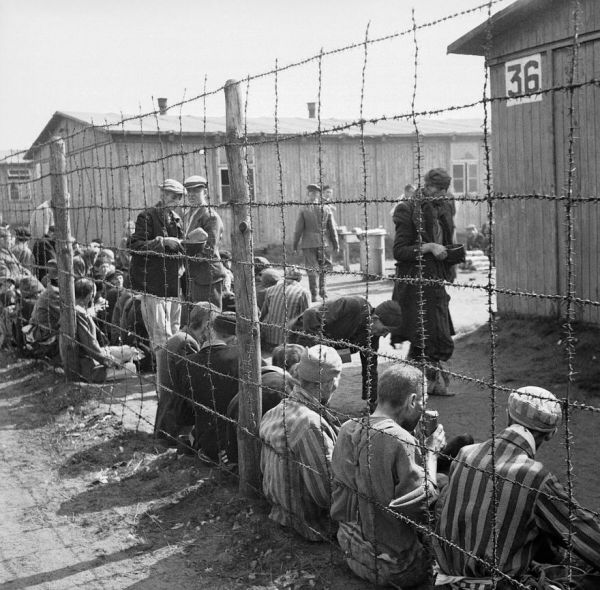
We know how the Nazis operated a system of concentration camps across occupied territory, to incarcerate, use as slave labor, and execute millions of Jews. Each one had its own story, but the notorious Bergen-Belsen camp in northern Germany was different from all the others in many aspects. The history of the camp is often overshadowed by the shocking story of its liberation by the British on April 15, 1945. The Wiener Holocaust Library in London has a new exhibit called “Traces of Belsen” to commemorate the 80th anniversary of the liberation.
When the Allies advanced on German-occupied territory toward the end of the war, the Nazis desperately tried to destroy all evidence of the Holocaust, which meant killing as many inmates as possible, but there were also evacuations, bringing thousands of Jews to Bergen-Belsen. The ballooning population was not fed, and overcrowding allowed diseases like typhus to run rampant. More than 18,000 prisoners died in March of 1945 alone, although none were executed. When liberation came, the British found 55,000 emaciated prisoners among thousands more dead bodies.
But that horrifying event is just part of Bergen-Belsen's history. It was also a POW camp where thousands of Russians died, then a holding place for Jewish hostages to be swapped for German prisoners, a hospital camp, a death camp without death chambers, and finally a postwar displaced persons shelter. Read about this unique concentration camp at Smithsonian.
(Image credit: The Imperial War Museum)






Commenting on Neatorama will earn you NeatoPoints!